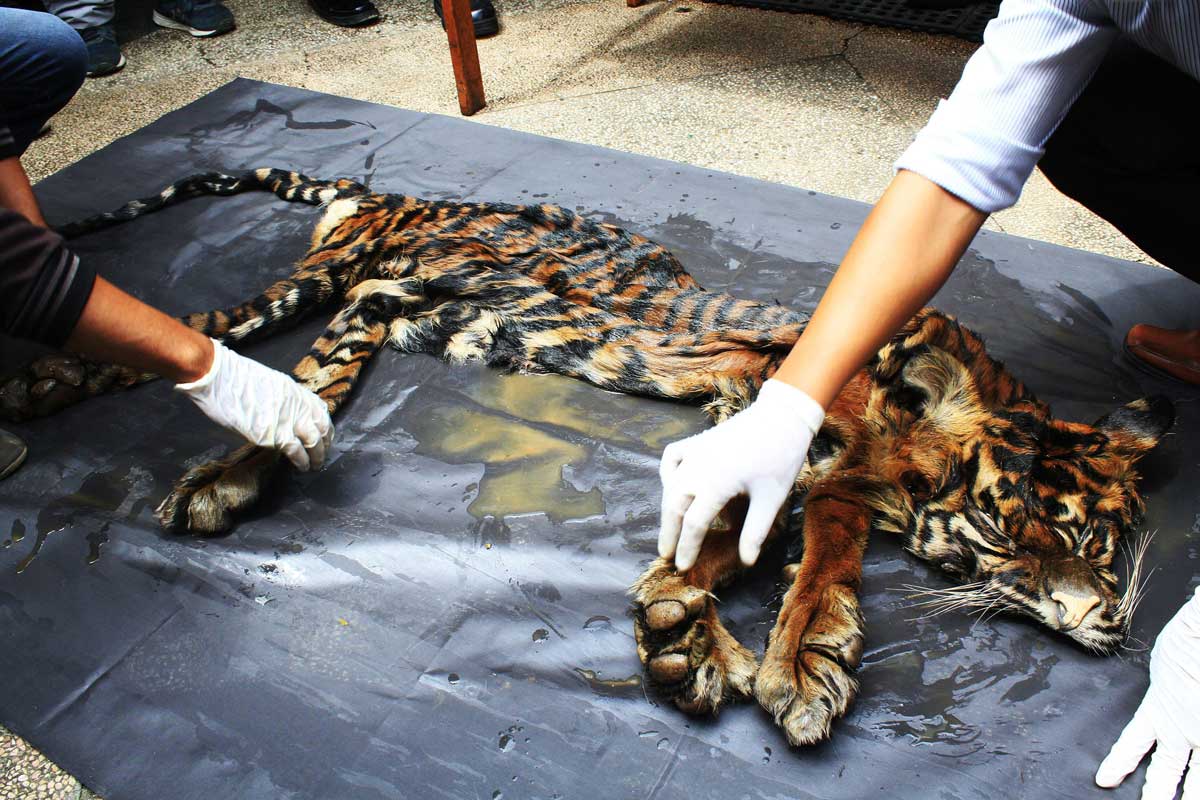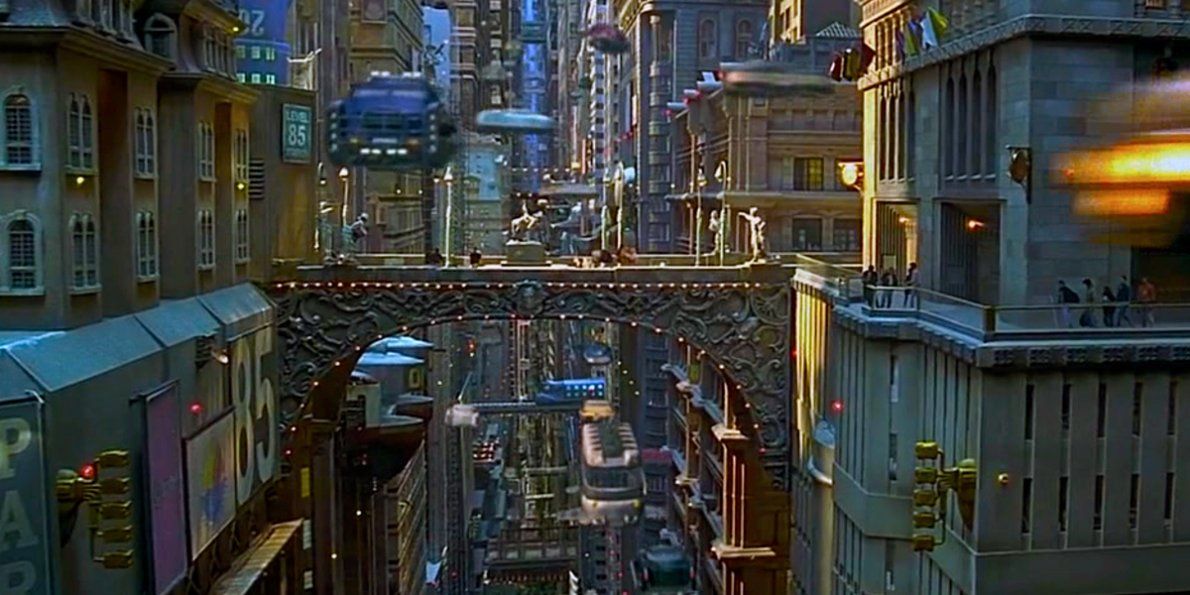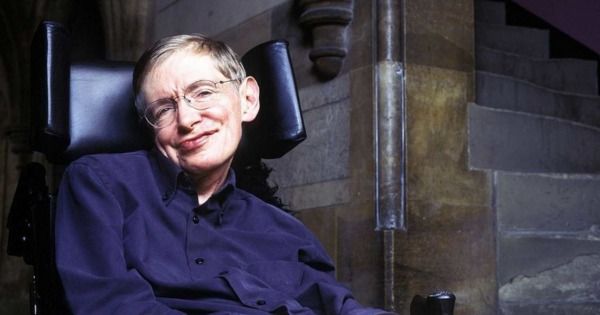Category: futurism – Page 1,275
Future Asteroid Miners Seek Solid Space Rock Plan
Once thought of as a pipe-dream, exploitation of the solar system’s asteroids is being planned by a growing community of asteroid mining companies and scientists.
NASA.

Humans have wiped out nearly three-fifths of all animals with a backbone: report
Nearly three-fifths of all animals with a backbone — fish, birds, amphibians, reptiles and mammals — have been wiped out since 1970 by human appetites and activity, according to a grim study released Thursday.
On current trends, stocks of global wildlife could plunge two-thirds by 2020, an annual decline of two per cent, conservation group WWF and the Zoological Society of London warned in their joint biennial Living Planet report.



Hawking: Creating AI Could Be the Biggest Event in the History of Our Civilization
In Brief:
- At the launch of the Leverhulme Centre for the Future of Intelligence (CFI), the famed scientist warned of a potentially grave future given the rise of AI.
- The work done at CFI could have far-reaching implications for the future of AI, helping shape how the technology is used and regulated.
Tokyo’s underground bike vaults
In Tokyo, you can park your bike in underground vaults, and retrieve it in just 8 seconds. http://cnn.it/2evfkBL

10 Years of Technology
This is “10 Years of Technology” by on Vimeo, the home for high quality videos and the people who love them.